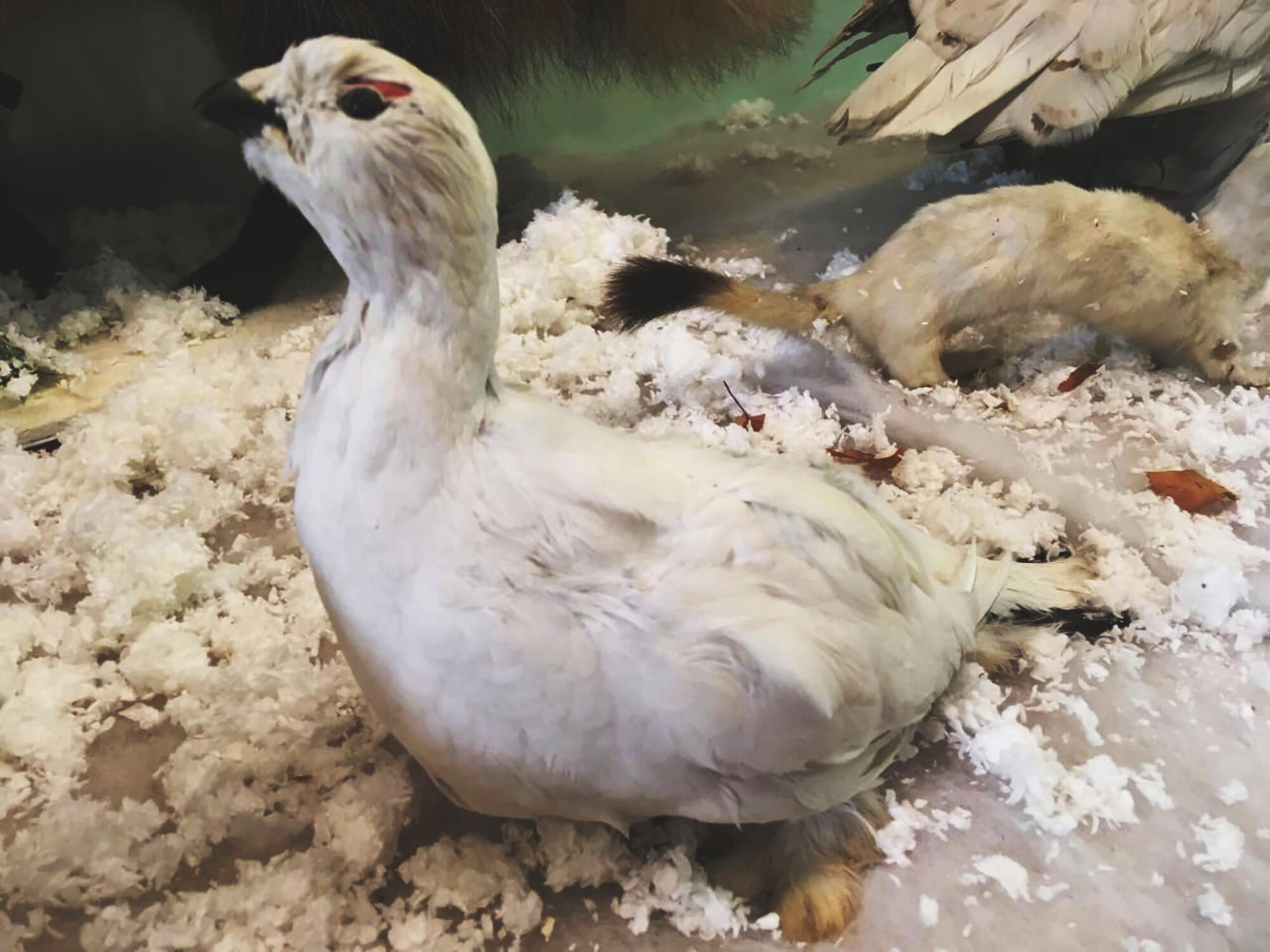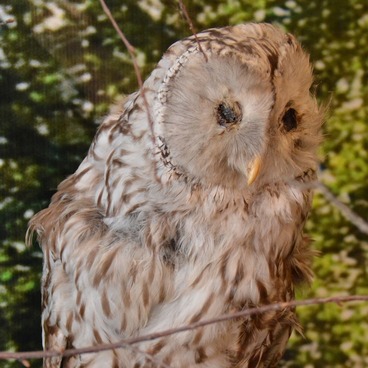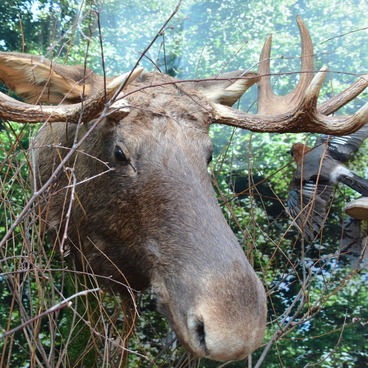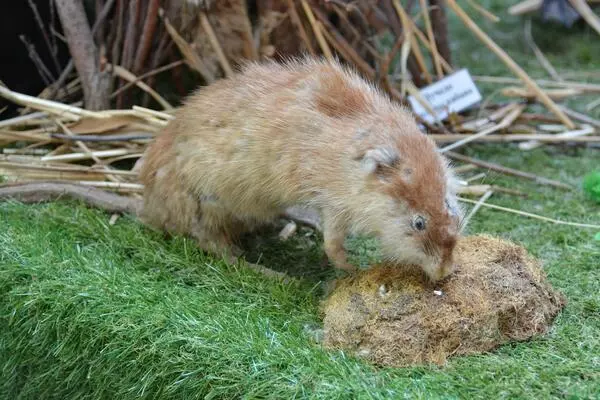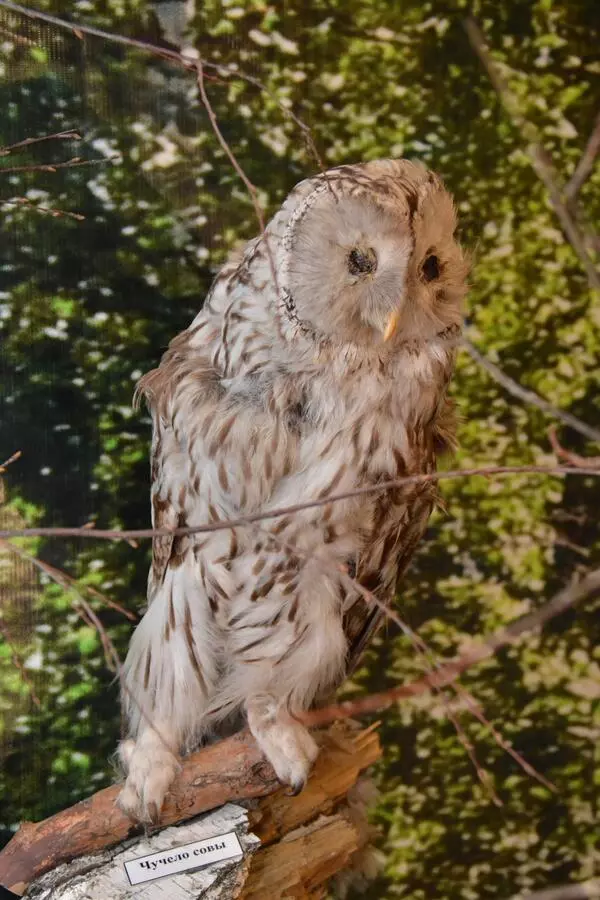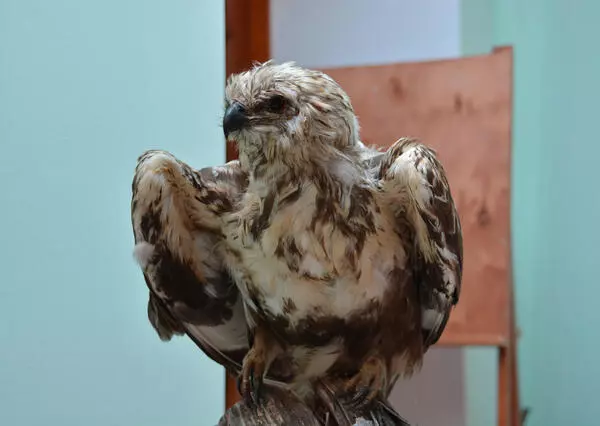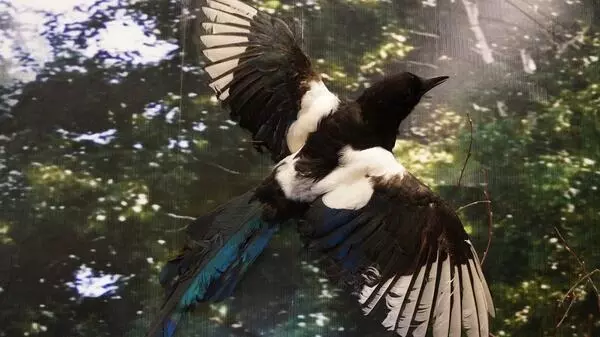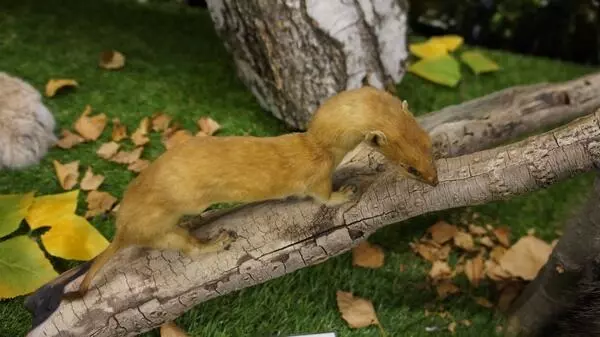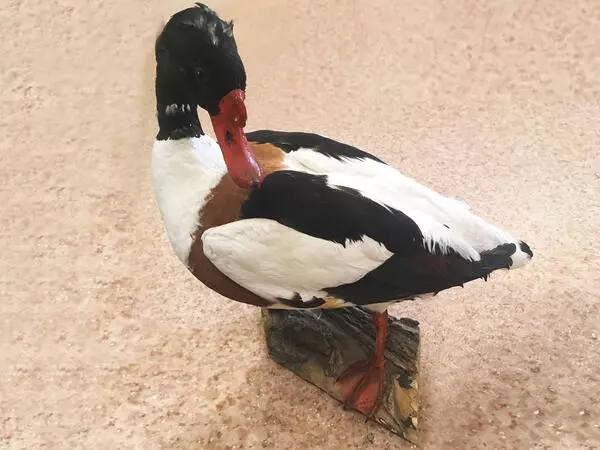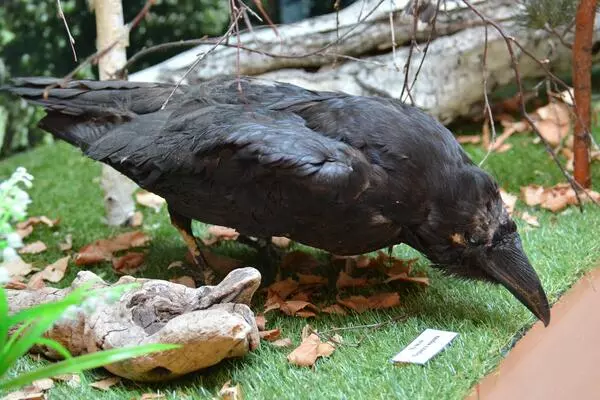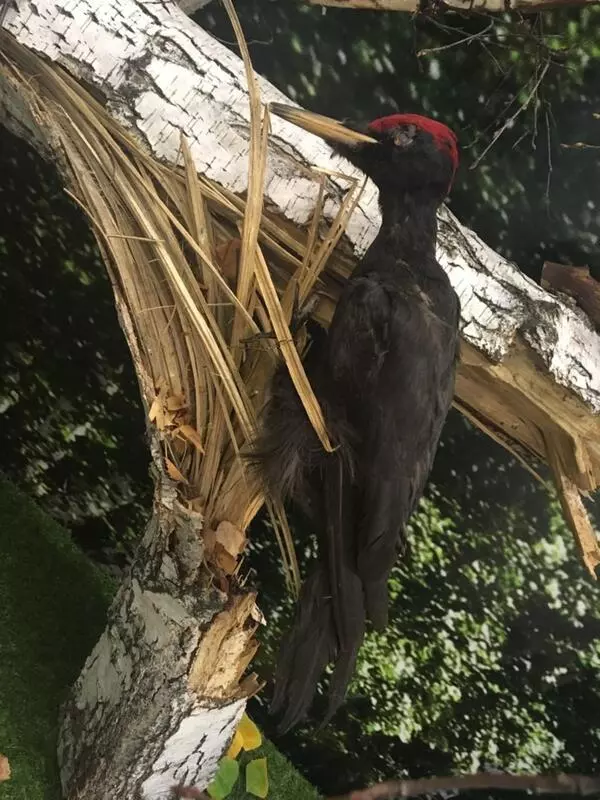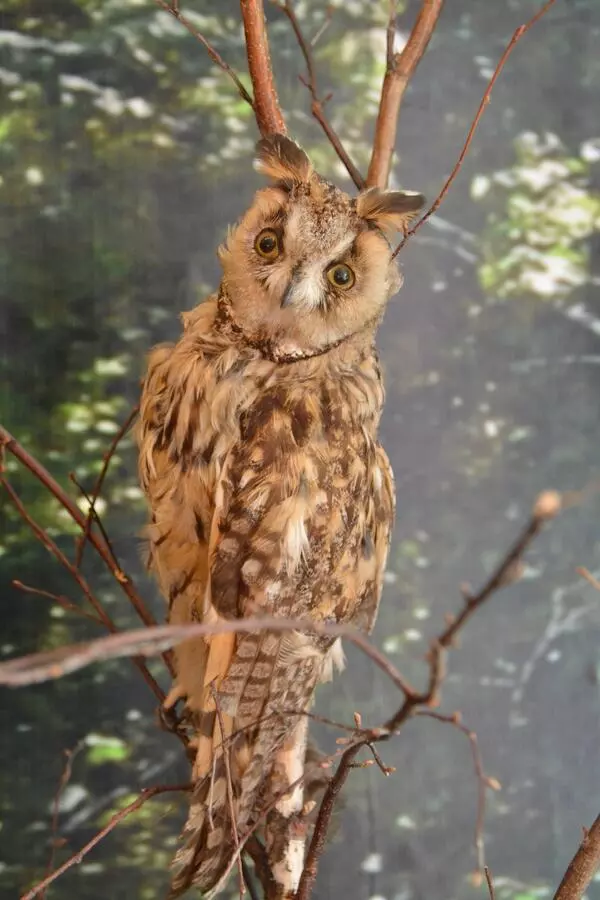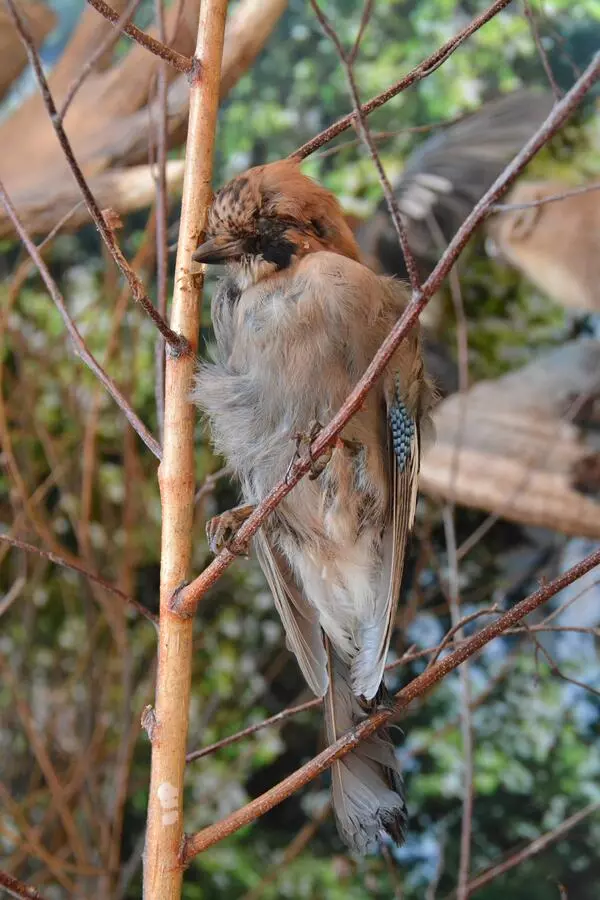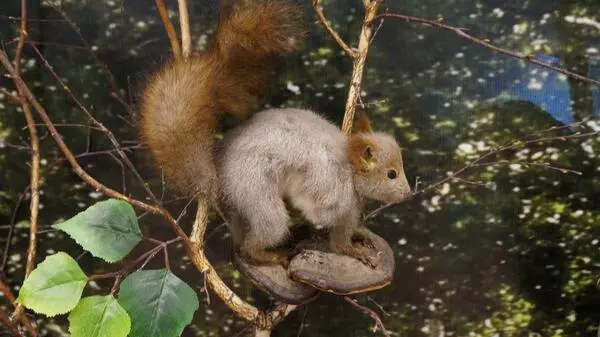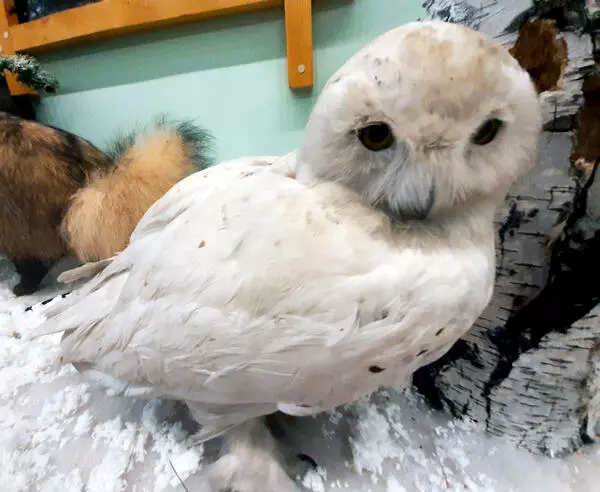The willow ptarmigan /ˈtär-mi-gən/ is a medium ground-dwelling bird in the grouse family that typically inhabits the tundra, taiga, and forests in the northern hemisphere. The willow ptarmigan’s body length reaches 34 to 40 centimeters, while it weighs between 500 and 600 grams. In winter, the bird’s plumage is completely white except for red brows and black quill feathers. In winter, the bird grows white feathers on its legs, which is also seasonal. In summer, the willow ptarmigan changes its white coat to a marbled one with dominant brown, yellow, and gray shades.
The willow ptarmigan lives in flocks and pairs down only to breed. In fall, coveys keep to themselves or gather in large flocks of up to 300 birds to migrate great distances. In wintering areas, flocks split in small groups again.
Males are most likely to be heard in spring and rarely in summer and fall. Is a male is alarmed, it lets out a shrill and burry scream that sounds something like ‘guff’ and then a deep-voiced trill ‘aw-aw-aw-aw-aw.’ Females are usually speechless and make various cackling sounds only during the breeding season and feeding the young.
The white ptarmigan’s courtship includes the male flying and singing, making special noises, as well as performing certain postures and movements near the female. The white ptarmigan is monogamous. They pair up for good when warm weather sets in.
The white ptarmigan feeds on the ground and holds on to it, taking wing only in extreme cases. The bird has ample adaptations to life on the ground. It runs quickly and can hide perfectly thanks to its protective coloring. The white ptarmigan population depends directly on the lemming population. When there are fewer lemmings, predators (the Arctic fox and snowy owl) switch to ptarmigans.
During severe winter colds, the bird digs itself deep in snow to preserve energy in a comfortable chamber under the snow. Specific features of its digestive system allow the white ptarmigan to cache food for 24 hours. In winter months, the bird feeds on buds and offshoots of woody plants and on leaves, seeds, and berries in summer.
The willow ptarmigan lives in flocks and pairs down only to breed. In fall, coveys keep to themselves or gather in large flocks of up to 300 birds to migrate great distances. In wintering areas, flocks split in small groups again.
Males are most likely to be heard in spring and rarely in summer and fall. Is a male is alarmed, it lets out a shrill and burry scream that sounds something like ‘guff’ and then a deep-voiced trill ‘aw-aw-aw-aw-aw.’ Females are usually speechless and make various cackling sounds only during the breeding season and feeding the young.
The white ptarmigan’s courtship includes the male flying and singing, making special noises, as well as performing certain postures and movements near the female. The white ptarmigan is monogamous. They pair up for good when warm weather sets in.
The white ptarmigan feeds on the ground and holds on to it, taking wing only in extreme cases. The bird has ample adaptations to life on the ground. It runs quickly and can hide perfectly thanks to its protective coloring. The white ptarmigan population depends directly on the lemming population. When there are fewer lemmings, predators (the Arctic fox and snowy owl) switch to ptarmigans.
During severe winter colds, the bird digs itself deep in snow to preserve energy in a comfortable chamber under the snow. Specific features of its digestive system allow the white ptarmigan to cache food for 24 hours. In winter months, the bird feeds on buds and offshoots of woody plants and on leaves, seeds, and berries in summer.
